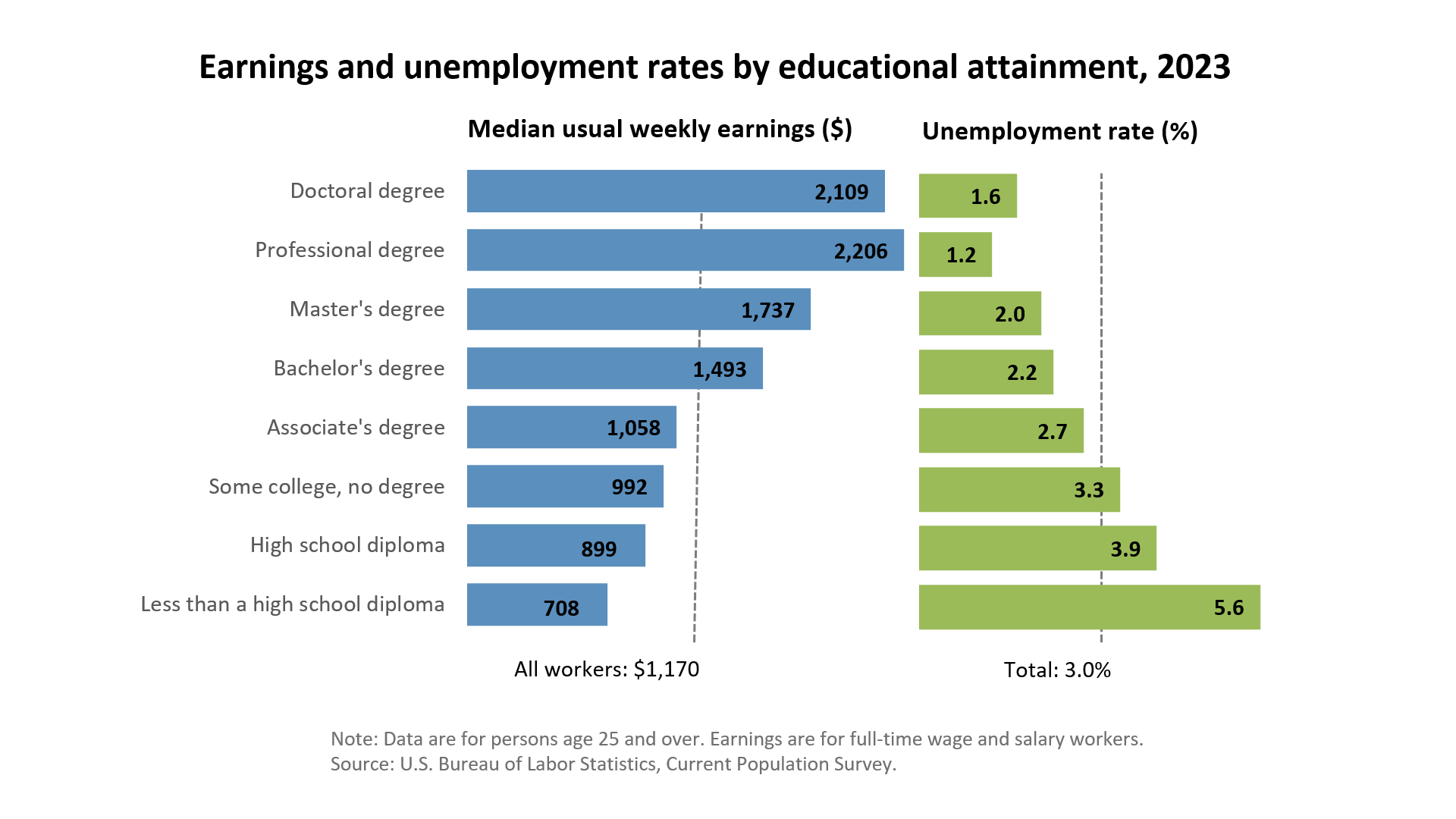Data & Statistics - What's the Difference?
Statistics, according to the Encyclopedia Brittanica, is the science of collecting, analyzing, presenting, and interpreting data. This would make data the raw material for statistics. First you collect a bunch of numbers (data), then you make a statement about it, e.g. calculating a percentage (statistics). But we do use these terms interchangeably. Here are some "stats" about MCC students:
Student Stats
- MCC serves over 15,000 students a year. = data
- Spring 2016: 6,484 students (credit only); 3,606 (full-time equivalent). = data
- Average age: 25; 53 percent women; 36 percent full time. = statistics
- Approximately 43 percent of the credit students are from under-represented racial and ethnic groups. = stats
Numbers are important and can be powerful when making statements, decisions, or trying to win arguments. Graphs are a common form of data presentations and look good in a slide presentation on a topic with opposing viewpoints, as well as in a persuasive essay or research paper. This guide is a collection of data sources and includes citation help.

Attribution - In the process of assembling this guide I used the following source of information, cited here in MLA format:
Bauder, Julia. The Reference Guide to Data Sources. 2014. Print.
Recommended Library Databases
-
Statista This link opens in a new window Use Statista for immediate access to over one million statistics and facts. Statista is an online platform specialized in market and consumer data, which offers statistics and reports, market insights, consumer insights and company insights in German, English, Spanish and French. Additional modules include Company Insights, Ecommerce Insights, Consumer Insights. The reports, charts, infographics, and statistics found in the database can be viewed online or downloaded.
-
SAGE Data This link opens in a new window A universe of data at your fingertips. Sage Data provides access to billions of statistical datasets across 16 topical areas, including Business, Education, Health, Criminal Justice and Law Enforcement, Government and Politics, and more. Results can be compared and viewed in customizable tables, maps, rankings, and charts. Views also include descriptive summaries of the datasets and data sources. Sources include public, private/commercial, and nongovernmental organizations, as well as Woods & Poole Economics, Inc.
-
SAGE Research Methods This link opens in a new window What every researcher needs. Learn to conduct research from start to finish. SAGE Research Methods supports research at all levels by providing material to guide users through every step of the research process, from a quick dictionary definition, a case study example from a researcher in the field, a downloadable teaching dataset, a full-text title from the Quantitative Applications in the Social Sciences series, or a video tutorial showing research in action.